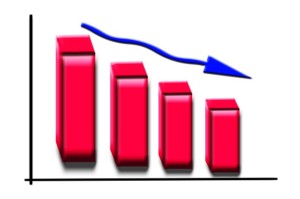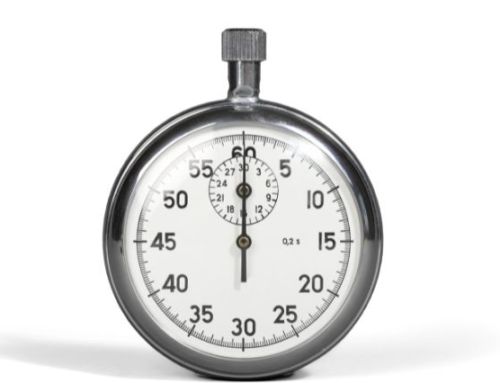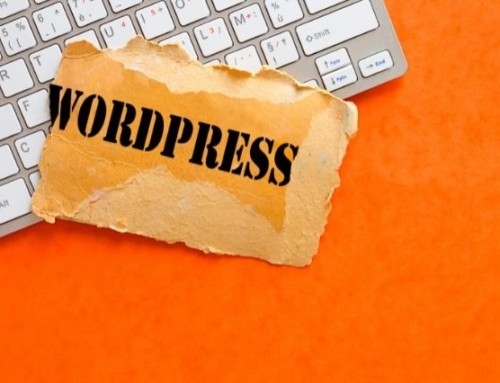Anyone who has ever suffered from waiting for a slow website to load knows how frustrating it can be. Unfortunately, most people won’t even bother sticking around for the site to load; they’ll simply go someplace else. That’s bad news for small businesses with slow websites and can result in lost revenue. Here are 3 ways to speed up a slow WordPress website and get those visitors to your website!
Why you need to fix a slow loading website
 Slow websites are bad for business. Consider these facts on how a slow website can impact your small business:
Slow websites are bad for business. Consider these facts on how a slow website can impact your small business:
- Loss of website traffic leading to losses in sales and revenues.
- A significant drop in the website’s SEO ranking
- Poor customer experience resulting in lower engagement.
- Increase in the user’s bounce rate and a lower rate of conversions.
If your website is slow, it needs to be addressed quickly.
Get rid of excessive plugins
 One of the best features of WordPress is the ability to add a plugin to do pretty much whatever you want to do. That can also be a downfall if you become plugin-happy and start installing numerous plugins for every little function. After a while, your site will get bogged down. Why? Because every time you add a plugin, you’re adding code to your WordPress site. With every installation, you run into the possibility of compatibility issues, additional server requests, and even security vulnerability. That’s not to say you shouldn’t add needed plugins, but don’t go overboard when a cool new plugin becomes available. First, make sure it specifically states it’s compatible with your WordPress theme. Second, make sure your theme or another plugin doesn’t already offer the same feature or function you’re looking for in this new plugin. Third, decide if this enhancement is really a must-have or a nice one to have. Oftentimes less is better and will help you avoid a slow WordPress website.
One of the best features of WordPress is the ability to add a plugin to do pretty much whatever you want to do. That can also be a downfall if you become plugin-happy and start installing numerous plugins for every little function. After a while, your site will get bogged down. Why? Because every time you add a plugin, you’re adding code to your WordPress site. With every installation, you run into the possibility of compatibility issues, additional server requests, and even security vulnerability. That’s not to say you shouldn’t add needed plugins, but don’t go overboard when a cool new plugin becomes available. First, make sure it specifically states it’s compatible with your WordPress theme. Second, make sure your theme or another plugin doesn’t already offer the same feature or function you’re looking for in this new plugin. Third, decide if this enhancement is really a must-have or a nice one to have. Oftentimes less is better and will help you avoid a slow WordPress website.
Use a content delivery network
Content delivery networks, also known as CDNs, work by hosting the media files across a network of servers. This is one of the best ways to speed up your web page loading time. It can reduce the number of requests a website makes and saves significant bandwidth. With a CDN, you cache your site on a global network of servers. A CDN can not only speed up the loading time but also protect websites from online attacks. An exceptionally good thing!
Optimize your images
 Images are memory hogs. While there are plugins you can use to optimize your images to a certain extent after they’re downloaded, such as Smush, your best bet is optimizing images before you even upload them to your website. This is crucial to reducing your web page’s loading time. The bigger the image file size, the longer it takes to load, so be aware of those image file sizes before you add them to your website. Using the right images in the right size is important for the look and performance of your website — the two things that will have the biggest impact on whether your business, blog, or portfolio is a success. There are several guides for image sizes on WordPress sites. We like the WordPress image size recommendations offered by Visual Composer.
Images are memory hogs. While there are plugins you can use to optimize your images to a certain extent after they’re downloaded, such as Smush, your best bet is optimizing images before you even upload them to your website. This is crucial to reducing your web page’s loading time. The bigger the image file size, the longer it takes to load, so be aware of those image file sizes before you add them to your website. Using the right images in the right size is important for the look and performance of your website — the two things that will have the biggest impact on whether your business, blog, or portfolio is a success. There are several guides for image sizes on WordPress sites. We like the WordPress image size recommendations offered by Visual Composer.
There are a lot of reasons why a website might be loading slowly. These are three fairly straightforward options to look at. If you try these three and still finding that your website is slow as molasses, there are other reasons why your website is slow that you might need to check out. Fair warning that some of these are more advanced issues that need the expertise of a web developer. If you’re unsure, reach out to a marketing professional with website expertise to help. Get that slow WordPress website fixed as quickly as possible and enjoy increased website traffic again!
- Marketing Tactics That Your Small Business Can Do for Free - January 10, 2024
- How to Create Images for Your Small Business Website - December 6, 2023
- How Small Businesses Benefit from Referrals - November 6, 2023





